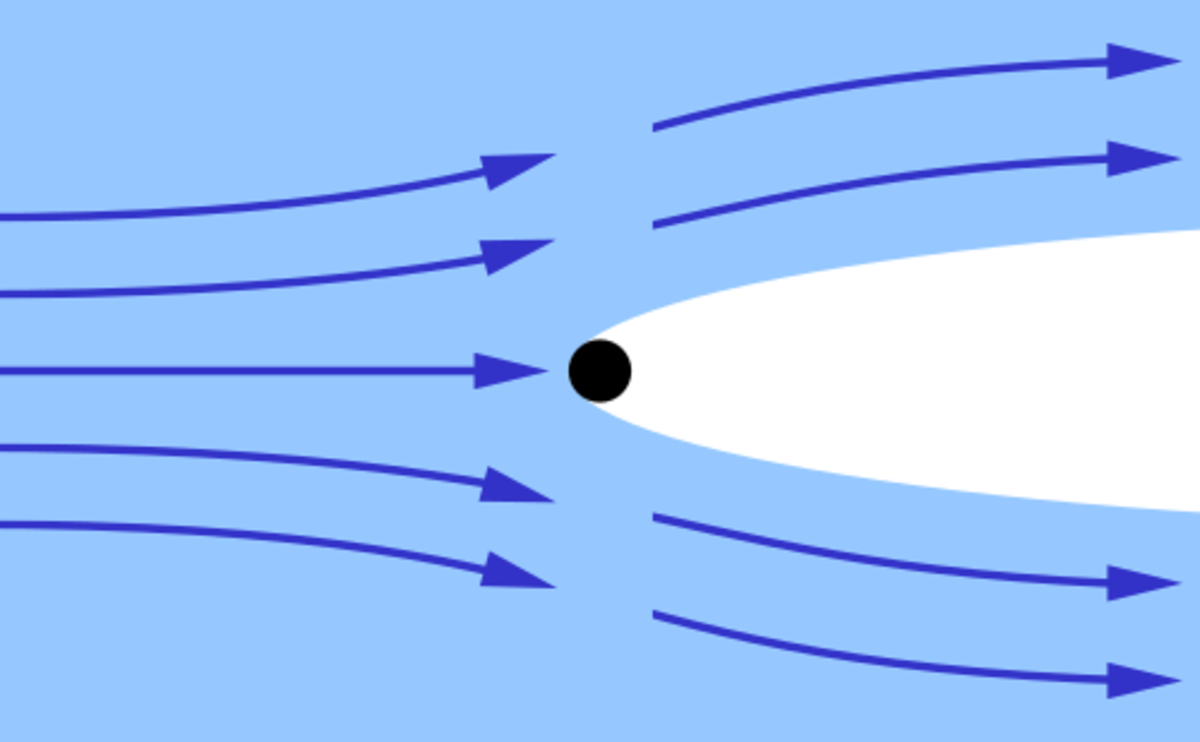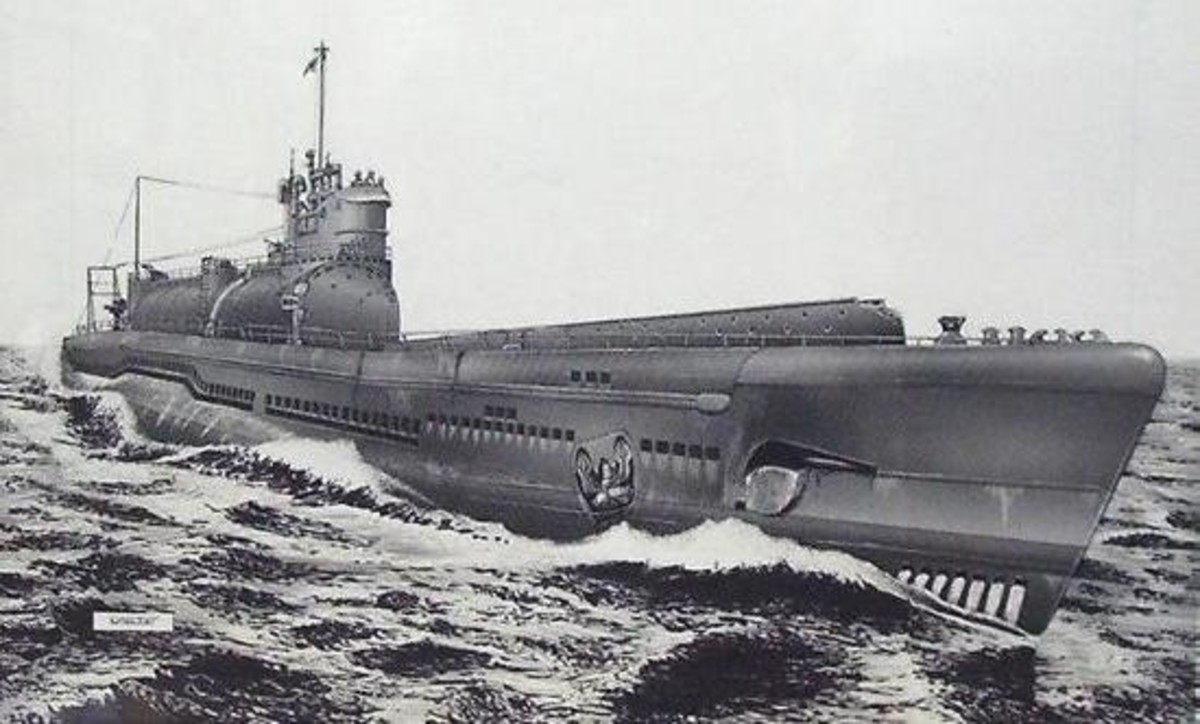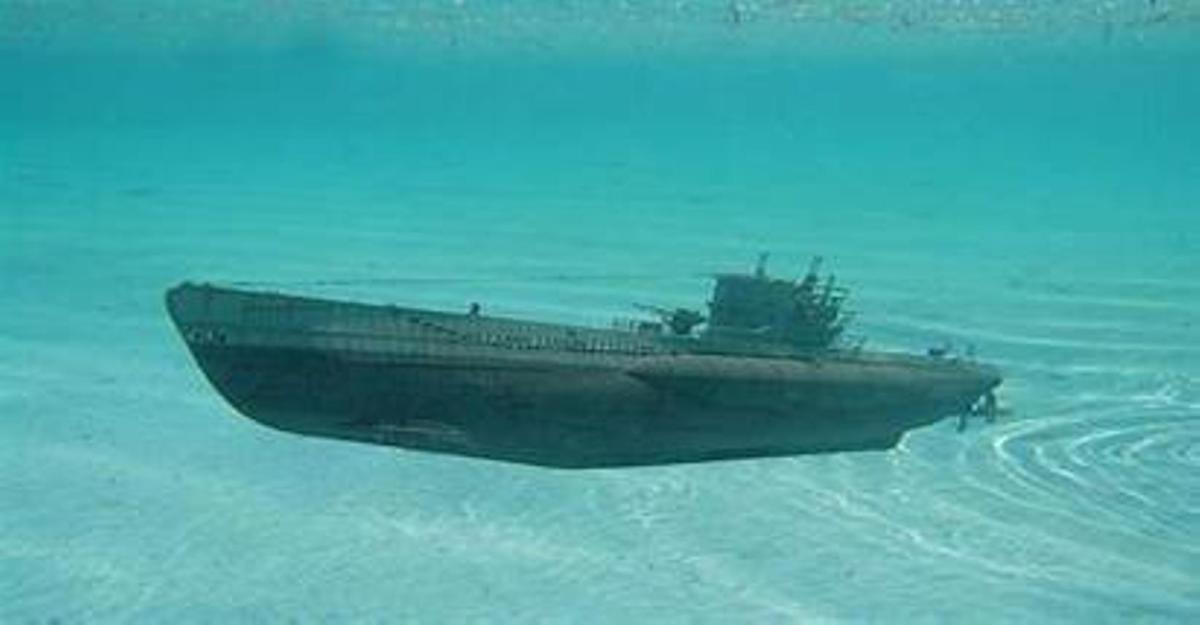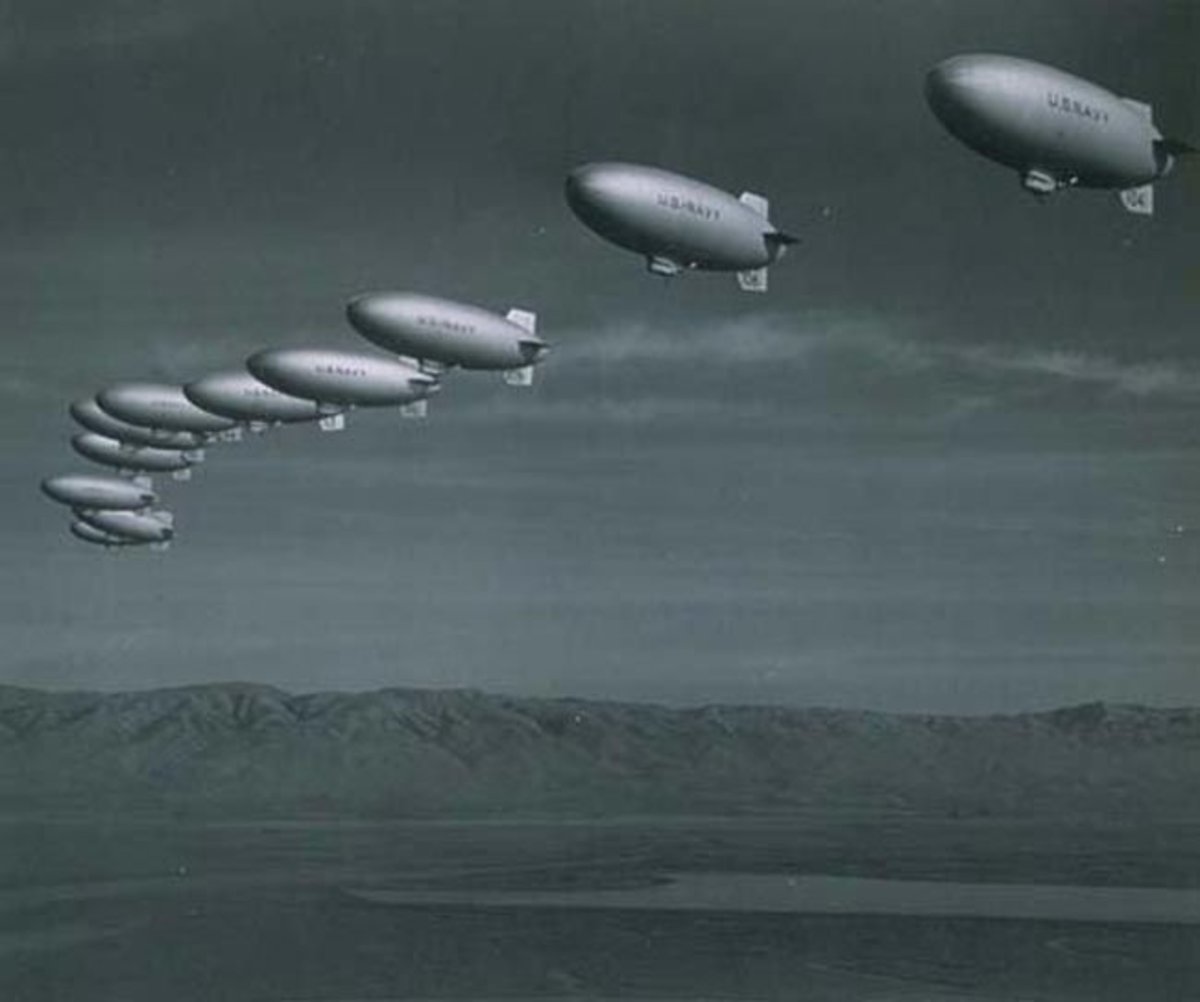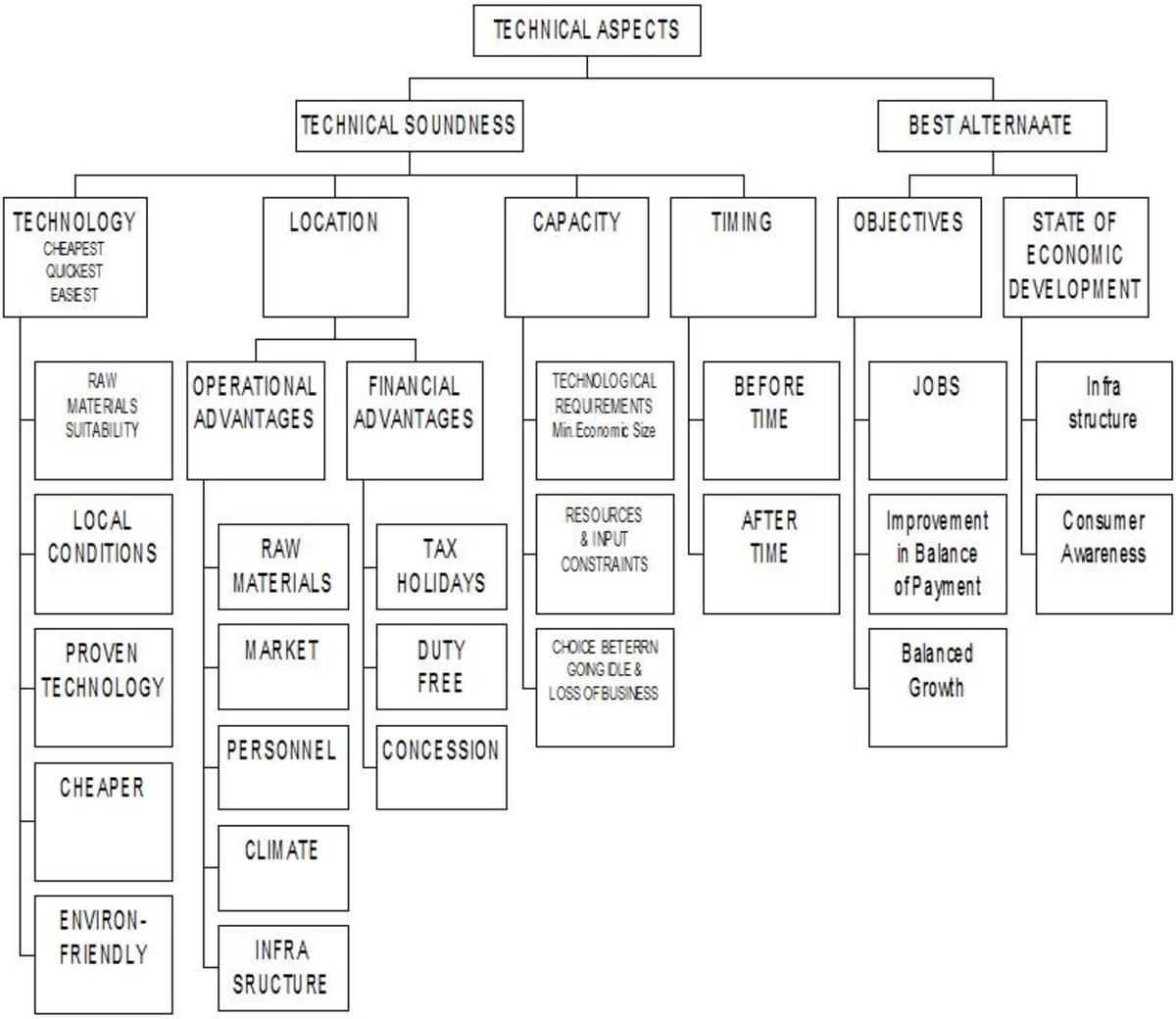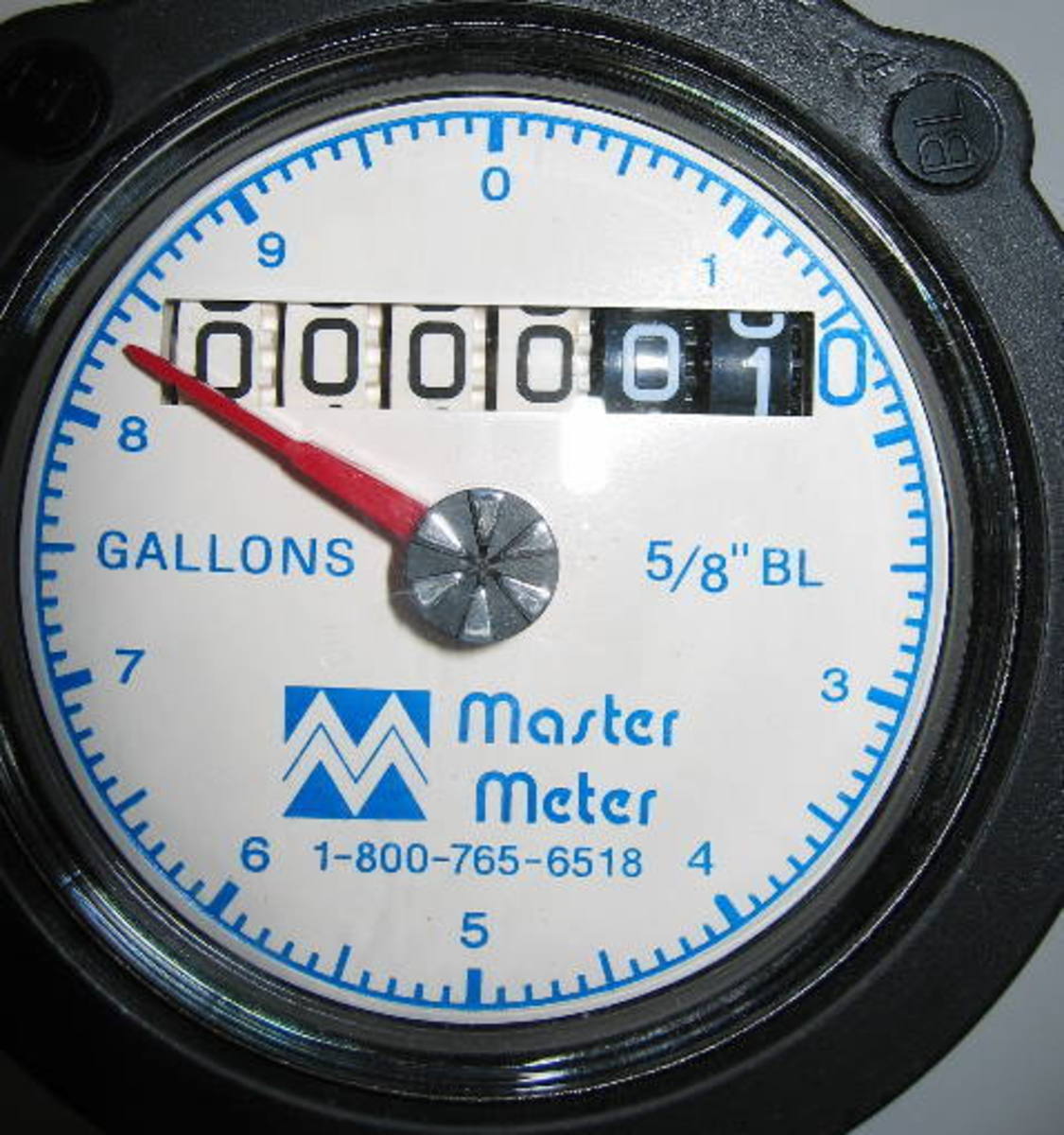Submarines Past to Present
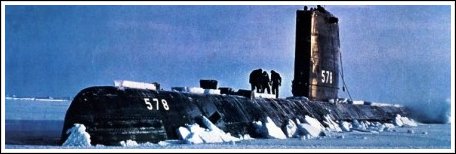


Cornelius Van Drebbel is usually credited with building the first submarine. He was a noted Dutch doctor and inventor born in 1572 at Alkmaar in the Netherlands. The craft was made of wood sealed with greased, waterproofed leather and built in England during the 1620s. It was powered by 12 oarsmen and could carry several passengers. Air was supplied by snorkel tubes supported on the surface by floats. It should be noted here, although Van Drebbel built it, it was actually designed by William Bourne, a former Royal Navy gunner about 1578.
Van Drebbel may have been the first to actually build a vessel for the purpose of underwater travel, but was by no means the only one who had the dream. An ancient Egyptian wall painting shows duck hunters, stalking their prey underwater and breathing through hollow papyrus reeds. Although Van Drebbel built several larger craft using the same principles the British Navy showed little interest in adopting it as part of its fleet.

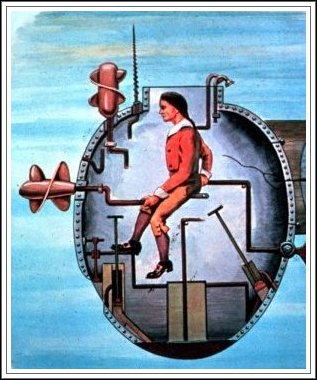
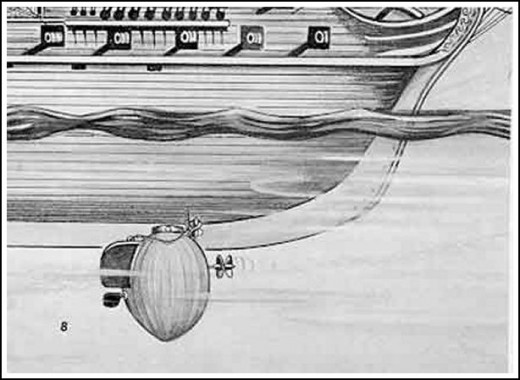
It wasn’t until 1776 the first submarine used for warfare was designed and built by American engineer David Bushnell, a Yale graduate. It was a one-man, egg shaped vehicle powered by a hand operated propeller. It submerged by allowing water to fill the hull and resurfaced by forcing it out with a hand pump. Dubbed “Bushnell’s Turtle,” the little craft was armed with a keg of powder which was to be attached to the hull of British warships in New York Harbor and detonated by a time fuse.
Although there are no written naval records to substantiate the account, an unsuccessful attack on the 64 gun British warship HMS Eagle was attempted on the night of September 7, 1776. The boring device failed to penetrate the vessel's hull and the keg of powder drifted away. It detonated about an hour later alerting the British who subsequently moved their ships out of the harbor.
The next milestone in submarine evolution was in1800 when American inventor Robert Fulton built his 21 foot submarine the Nautilus. It was the first to resemble modern day submarines and had two additions previous vessels hadn’t. They were rudders for vertical and horizontal manipulation and a supply of compressed air. Although it resembled more modern day craft, it was still a far cry from today’s technologically advanced vessels. It still used old fashioned hand powered propellers when submerged, however, on the surface it became a sailing ship with sails.

Hunley Replica
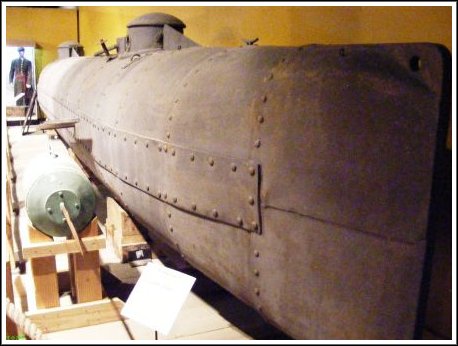
During the Civil War, the Confederacy built four submarines. One was the famed Hunley built in 1864 which destroyed the USS Housatonic in Charleston, South Carolina, Harbor. But in doing so, it was also destroyed by the explosion.
It soon became obvious a better method of propulsion would be needed to make submarines a more viable option for warfare. Compressed air, steam and electricity were all experimented with, but proved inadequate to the task. The next innovation was made in1898 with the free-flooding superstructure designed by American engineer Simon Lake.
However, the first with a reliable power source was the brain child of American inventor John Philip Holland in 1898 who used a gasoline engine, for surface travel and an electric motor for underwater. The U.S. government bought the 53 foot boat in 1900 and named it the USS Holland in his honor.

But, it was German engineers who adapted diesel engines for submarines in 1906. When periscopes and self-propelled torpedoes became standard equipment, the submarine became a formidable foe. Its usefulness as a deadly weapon became apparent during World War I, when German submarines, known as U-boats, were used extensively.
By World War II many other improvements had been added, such as sonar for enemy ship detection and radio communications. A typical U.S. submarine had a surface speed of about 18 knots and a submerged speed of 8 knots using battery operated electric motors. The major drawback was the limited range of batteries which forced submarines to surface frequently to recharge.
To eliminate this drawback, Germany introduced a new device, called the snorkel. The snorkel allowed submarines to recharge their batteries while cruising at periscope depth. The snorkel contained inlet and outlet ducts to supply air and remove engine exhaust. This innovation greatly increased the underwater range of submarines. In 1950 a submerged distance record was set by sailing from Hong Kong to Honolulu, about 5200 miles, in 21 days.
A few years later a new type of hull was introduced which dramatically increased submerged speeds. The new design was a teardrop-hull configuration resembling a blimp. It was first used on the USS Albacore, launched in 1953. It was so successful the design was incorporated on nearly all future submarines.
But, the submarine was still in its infancy. In 1954 the British navy developed a new propulsion system using turbines powered by hydrogen peroxide fuel. It was first used on the submarine HMS Explorer which experienced even greater underwater range. However, the same year the first nuclear-powered submarine, the USS Nautilus, was launched.
From the first simple wood and leather submersibles to the nuclear age, submarines have indeed come a long way.



